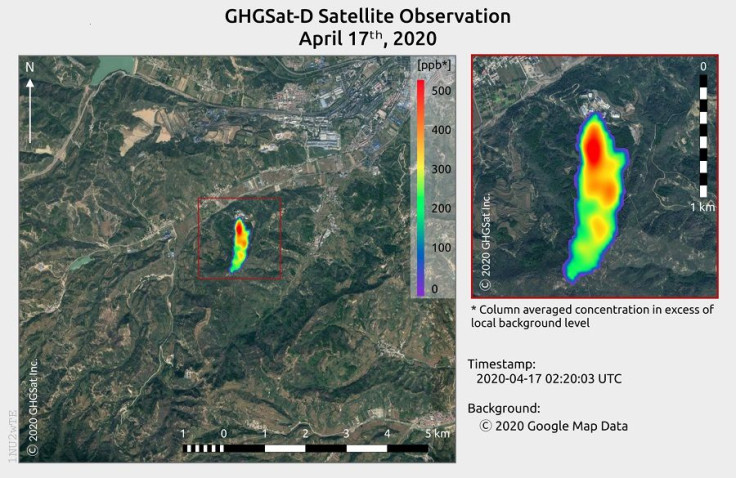ESA Satellite Data Points To Possible Methane Hotspots On Earth Amid Pandemic
KEY POINTS
- A collaboration between GHGSat and the ESA found possible methane hotspots
- Emissions amid the pandemic include those from the Permian Basin in the U.S. and a coal mine in China
- The find comes as the EPA moves to rollback rules to reduce methane emissions in the oil sector
Satellite data showed possible methane emission hotspots in several places including China and the United States amid the pandemic, possibly due to changes in gas demands. The news comes as the Environmental Protection Agency (EPA) moves to roll back safeguards against methane emissions.
Canadian company GHGSat has been collaborating with the European Space Agency (ESA) since early 2019 to investigate possible methane emission hotspots by using data from the Copernicus Sentinel-5P satellite. First, the Sentinel-5P team at SRON Netherlands Institute for Space Research looks at the Sentinel data, then the GHGSat team uses data from their satellites to quantify and pinpoint the source of the emissions.
According to a news release from the ESA, the teams' collaborative work resulted in the discovery of possible new methane emission hotspots in 2020, for instance in the Permian Basin in the U.S. and a coal mine in Shanxi Province, China.

Specifically, the teams studying the data from March to April this year found a substantial increase in methane concentrations from these areas compared to the year before.

According to Copernicus Sentinel-5P mission manager, Claus Zehner, it is possible the spike in emissions resulted from gas being burned as a result of the sudden decrease in demand due to the pandemic. However, Ilse Aben of SRON also noted the results are still inconclusive and more analysis will be needed to determine the specific facilities responsible.
Fossil fuel production is said to be one of the largest sources of methane emissions. Although carbon dioxide is often linked to climate change, methane is 30% more potent as a heat-trapping gas and can last in the atmosphere for 12 years, according to the EPA.
As it happens, the EPA recently pushed through with efforts to roll back federal regulations designed to cut back methane emissions from the gas and oil industry, arguing that former president Barack Obama's administration's regulations were unnecessary since methane is already indirectly controlled in existing rules.
However, critics of the move argued the rollback would not limit methane from new sources, possibly leading to higher methane emissions each year.
If the Office of Management and Budget accepted the rush review, the rollback can be finalized by the end of July.
"Since 2016, federal methane rules have been helping protect Americans from climate-damaging methane emissions and dangerous pollutants that harm our health. Companies including Shell, BP and ExxonMobil supported keeping and even strengthening these rules," Environmental Defense Fund, Matt Watson, said in a statement. "Instead, the EPA has chosen a path that will put public health and the environment at risk and will only weaken the global competitiveness of U.S.-based companies."
© Copyright IBTimes 2024. All rights reserved.






















